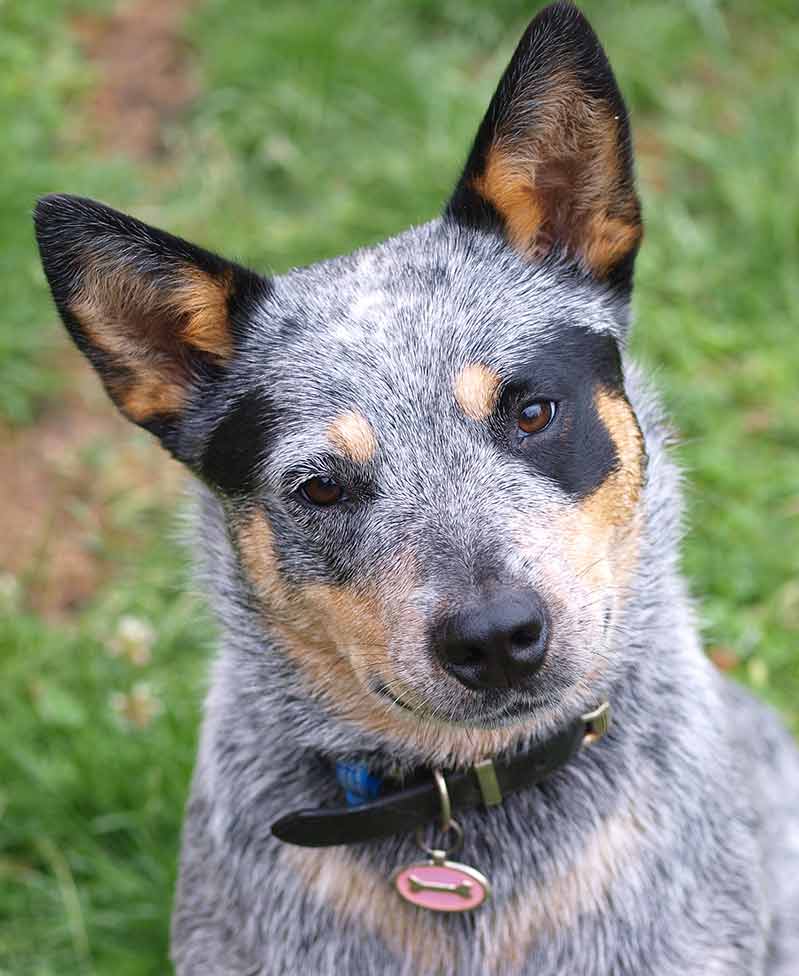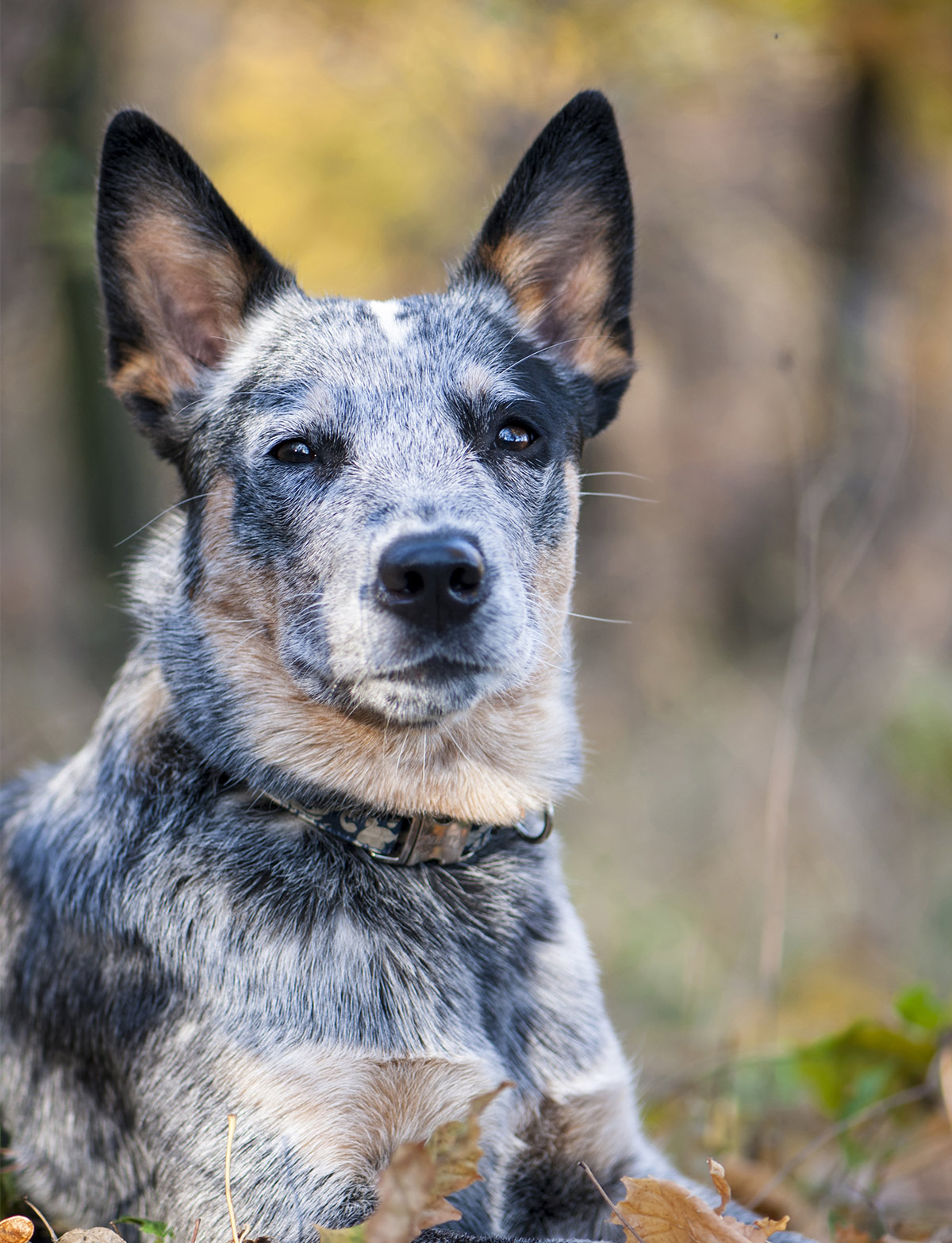Let's talk about the Blue Heeler, one of the most versatile and loyal dog breeds out there. If you're thinking about bringing a new furry friend into your life, the Blue Heeler might just be the perfect fit. Known for their intelligence, energy, and protective nature, these dogs are more than just pets—they're family members who will stick by your side through thick and thin.
Now, before we dive deep into why the Blue Heeler is such a great choice, let me tell you a little story. Picture this: a sunny afternoon in the park, with kids running around, a frisbee flying through the air, and a sleek blue-coated dog racing after it with pure joy in its eyes. That’s the Blue Heeler in action. They’re not just dogs; they’re partners in adventure.
But hold up—owning a Blue Heeler isn’t all fun and games. These pups come with their own set of needs and quirks that you need to understand if you want to make sure they thrive. So, buckle up because we’re about to break down everything you need to know about this incredible breed.
Read also:Paige Butcher The Rising Star Redefining Fashion And Beauty Standards
Before we get started, here's a quick table of contents to help you navigate through this guide:
- Blue Heeler Biography
- A Brief History of the Blue Heeler
- Key Traits and Characteristics
- Caring for Your Blue Heeler
- Training Tips for Blue Heelers
- Health Considerations
- Best Lifestyle Fit for Blue Heelers
- Adopting a Blue Heeler
- Common Questions About Blue Heelers
- Final Thoughts
Blue Heeler Biography
First things first, let's cover the basics. The Blue Heeler, also known as the Australian Cattle Dog, is a medium-sized herding dog originally bred in Australia. They were developed by ranchers who needed a tough, intelligent dog to help manage cattle over long distances in harsh conditions. And boy, did they deliver!
Here’s a quick rundown of some essential facts:
| Breed Name | Blue Heeler (Australian Cattle Dog) |
|---|---|
| Size | Medium |
| Life Expectancy | 12-15 years |
| Temperament | Intelligent, loyal, energetic |
| Coat Color | Blue speckled or mottled |
Now that we’ve got the basics out of the way, let’s dive into what makes these dogs so special.
A Brief History of the Blue Heeler
The Blue Heeler has a fascinating backstory. Back in the 19th century, Australian settlers needed a dog that could handle the tough terrain and extreme weather of the outback while helping them manage large herds of cattle. Enter the Blue Heeler. These dogs were bred by crossing Dingoes with Collies and later with Dalmatians and Bull Terriers to create the ultimate working companion.
Read also:Devanne Villarreal The Rising Star Whos Turning Heads
Why the Name "Blue Heeler"?
Ever wondered where the name comes from? Well, the "blue" part refers to their distinctive blue-gray coat, while "heeler" describes their habit of nipping at the heels of cattle to keep them moving. It’s a name that perfectly captures both their appearance and purpose.
And guess what? The Blue Heeler’s reputation as a hardworking and reliable breed quickly spread beyond Australia. Today, they’re beloved by families, farmers, and dog enthusiasts all over the world.
Key Traits and Characteristics
So, what makes the Blue Heeler stand out from other breeds? Let’s break it down:
- Intelligence: Blue Heelers are incredibly smart and quick learners. They thrive on mental challenges and love solving problems.
- Energy: These dogs have a ton of energy and require plenty of exercise to stay happy and healthy.
- Loyalty: Once a Blue Heeler bonds with you, they’re yours for life. They’re fiercely protective of their family and will do anything to keep them safe.
- Adaptability: While they’re originally bred for ranch work, Blue Heelers can adapt to different lifestyles as long as they get enough physical and mental stimulation.
But remember, all this energy and intelligence mean they need plenty of attention and training. A bored Blue Heeler can get into trouble—trust me on this one.
Caring for Your Blue Heeler
Taking care of a Blue Heeler isn’t rocket science, but it does require commitment. Here’s what you need to know:
Grooming
The Blue Heeler’s short coat is relatively low-maintenance, but they do shed quite a bit, especially during shedding season. Regular brushing will help keep their coat looking great and reduce shedding around the house.
Diet
Feeding a Blue Heeler a balanced diet is crucial for their health and energy levels. Look for high-quality dog food that meets their nutritional needs, and always make sure they have access to fresh water.
Exercise
This is where the Blue Heeler really shines. They need at least an hour or two of exercise every day, whether it’s a brisk walk, a game of fetch, or a trip to the dog park. Without enough exercise, they can become restless and even destructive.
Training Tips for Blue Heelers
Training a Blue Heeler can be a rewarding experience, but it requires consistency and patience. Here are some tips to get you started:
- Start Early: Begin training as soon as you bring your Blue Heeler home. The earlier you start, the easier it will be.
- Positive Reinforcement: Reward-based training works wonders with this breed. Use treats, praise, and toys to motivate them.
- Mental Challenges: Incorporate puzzle toys and obedience exercises to keep their minds sharp.
And don’t forget—Blue Heelers are known for their stubborn streak, so be prepared to put in the effort. Trust me, it’ll pay off in the long run.
Health Considerations
Like any breed, Blue Heelers are prone to certain health issues. Some common concerns include hip dysplasia, deafness, and progressive retinal atrophy. Regular vet check-ups and a healthy lifestyle can help keep these problems at bay.
Also, keep an eye on their weight. Blue Heelers can be prone to obesity if they don’t get enough exercise, so make sure they’re burning off those calories.
Best Lifestyle Fit for Blue Heelers
Blue Heelers are best suited for active families or individuals who can keep up with their energy levels. If you live in a small apartment or don’t have time for daily exercise, this might not be the right breed for you.
On the flip side, if you’re an outdoor enthusiast who loves hiking, running, or camping, a Blue Heeler could be your perfect partner. They love nothing more than joining you on adventures and being part of your active lifestyle.
Adopting a Blue Heeler
Thinking about adopting a Blue Heeler? Great choice! But before you dive in, make sure you’re ready for the commitment. Here are a few things to consider:
- Research reputable breeders or rescue organizations to find a healthy, well-socialized pup.
- Prepare your home with all the essentials—food, toys, a comfy bed, and plenty of space to run around.
- Be ready to invest time and effort into training and socializing your new furry friend.
Adopting a Blue Heeler is a big decision, but with the right preparation, it can be one of the most rewarding experiences of your life.
Common Questions About Blue Heelers
Let’s tackle some of the most frequently asked questions about Blue Heelers:
Are Blue Heelers Good with Kids?
Absolutely! Blue Heelers are known for their loyalty and protective nature, making them great family dogs. Just make sure to supervise interactions between kids and dogs to ensure everyone stays safe.
Do Blue Heelers Get Along with Other Pets?
With proper socialization, Blue Heelers can get along well with other pets. However, their herding instinct might kick in when it comes to smaller animals, so keep an eye on them during introductions.
How Much Do Blue Heelers Cost?
The cost of a Blue Heeler can vary depending on factors like breeder reputation, location, and lineage. On average, you can expect to pay anywhere from $500 to $1,000 for a purebred puppy. Adoption fees are typically lower, ranging from $100 to $300.
Final Thoughts
The Blue Heeler is more than just a dog—they’re a partner, a protector, and a lifelong companion. With their intelligence, energy, and loyalty, they make an incredible addition to any active family. But remember, owning a Blue Heeler requires dedication and effort. They need plenty of exercise, mental stimulation, and love to thrive.
If you’re ready to take on the challenge, the rewards will be well worth it. So, what are you waiting for? Start your Blue Heeler journey today and discover the joy of having one of the most versatile and loyal breeds by your side.
Got questions or comments? Drop them below—I’d love to hear from you. And don’t forget to share this article with fellow dog lovers who might be interested in the amazing world of Blue Heelers!

